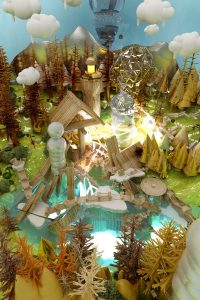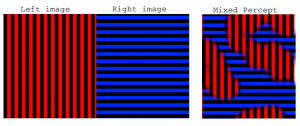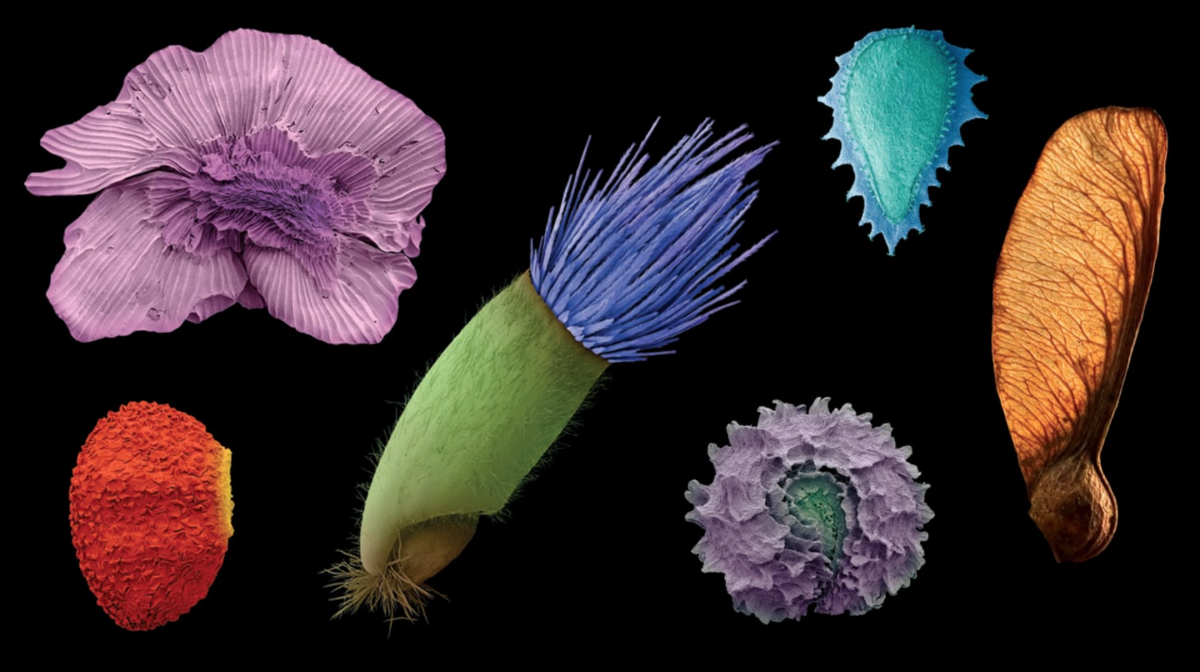I decided to look through my friend Rachel Farn’s work, and I found her discovery of the media visual artist Alex Mcleod to be interesting. I found that her focus on his piece Mystic Pond (2010) really drew me into wanting to read more about the artist — this image of the piece looked unreal.

I absolutely agree with Rachel that his art connects traditional artists and graphic animation. Alex creates “paintings” that push the limits of traditional artists while integrating modern technology into his work. The works show so much detail that it’s fun to look at one piece and try to dissect it. (His work Forest City (2011) reminded me of The Hobbit)

To add to what she’s already written, I would also like to say that Alex’s work really grasps landscapes in an otherworldly way — some of his work reminds me of futuristic films. And while incredibly bright and colorful, there’s a hint of uncomfortableness from these unsettling works. It is almost like each photo describes a different world and it’s up to the viewer to figure out what kind of place it is. To me, personally, I find that most of them look like dystopian, sometimes even alien places.
![[OLD FALL 2017] 15-104 • Introduction to Computing for Creative Practice](https://courses.ideate.cmu.edu/15-104/f2017/wp-content/uploads/2020/08/stop-banner.png)



